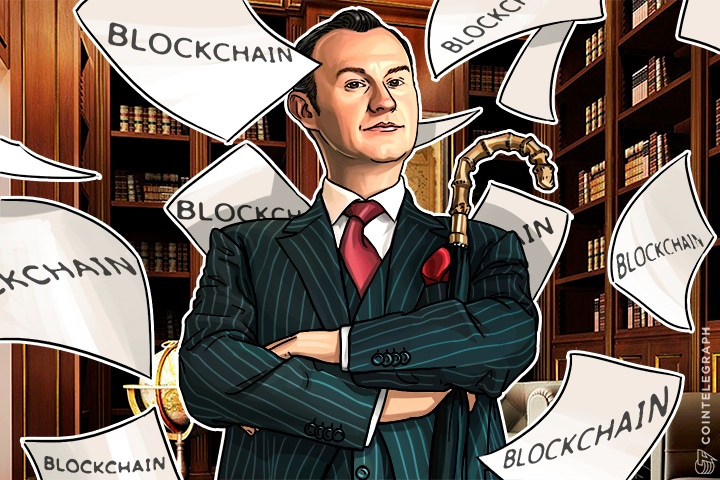The ability to increase efficiency has made Blockchain technology appealing to governments. The potential to usurp current business processes with something more efficient, while also reducing costs, has captured the attention of governmental bodies across the world.
However, bureaucracy remains a key factor in how soon this disruptive technology will become fully adopted by government institutions.
Government-inspired Blockchain
Government-inspired Blockchain initiatives are taking shape all over the place. Estonia, Russia, the United States, Singapore, Sweden and South Korea all have programs running right now. There are dozens more having conversations about future initiatives. How long will this "sounding out" process with technology continue with governments?
This year has seen both governments and institutions dip their toes in the water and take those ever-important first steps into the shallow end of the pool.
Jason Cassidy of Emercoin tells Cointelegraph that there is enough evidence present to compel all governments to conduct a deep analysis of what Blockchain technology can offer. He says that without going into undue detail, the areas of identity, ownership and payments (taxes, benefits, etc) all offer tremendous opportunity for positive disruption.
Cassidy concludes:
“Historically, the public sector moves at a slower pace than the private sector. Governments are very process and rules-oriented and, thus, are slow to enact change. Factoring in the potential that Blockchain technology offers it would behove governments to continue exploring what it can can do to increase transparency and trust. However, the consciousness of Blockchain is still in its infant stage. I expect to see the adoption of Blockchain technology to become a political conversation piece in the near future. Governments who wish to offer true change to their people will find the Blockchain to be a powerful tool going forward.”
The job is already half-done
In his opinion, the CEO of Cashaa, Kumar Gaurav, says that compared to the usual infrastructures used by governments and central banks for their own processes, Blockchain is much cheaper and is itself already a global standard.
Gaurav notes that governments usually have lots of difficulties on agreeing standards, but with the Blockchain it is a system which is already built, up and running, and on which they can make their experiments to test some of their processes. He gives examples of such processes as anything related to the ledgers that governments make available to their citizens, such as new birth registers, cars registry, house registry and any similar ledgers.
Gaurav also says that governments can use the Blockchain for any government-to-government applications, such as the international criminals registry, passport registry and other such cases.
Bureaucratic bottleneck
However, he blames the relatively slow adoption of the Blockchain by governments on issues related to security and reliability of the technology. Gaurav says that such things are usually the main concern at the top level of governmental key decision making. Another factor noted by Gaurav is the cultural factor.
He concludes:
“It is never easy to change existing government processes and adopt new disruptive technologies. You need to educate many layers of middle management within the bureaucratic process and it can take a lot of time.”


